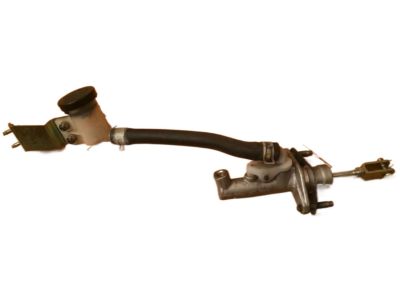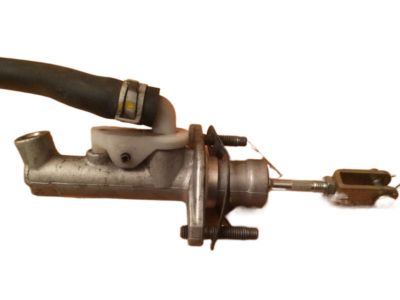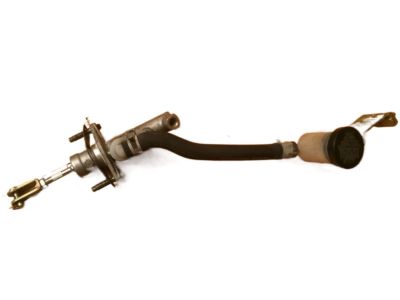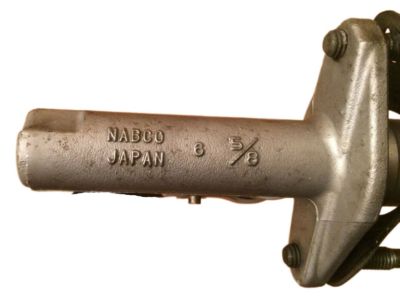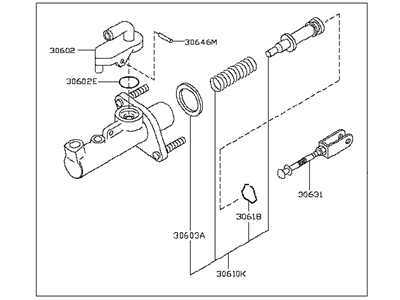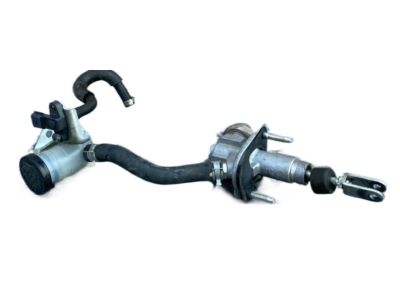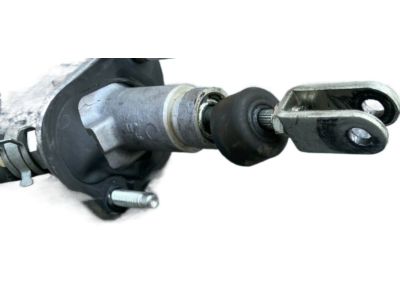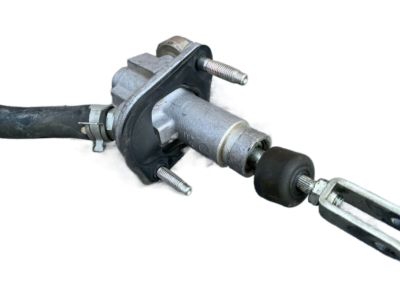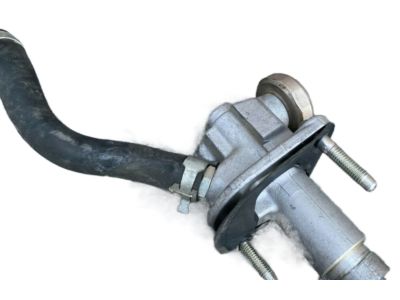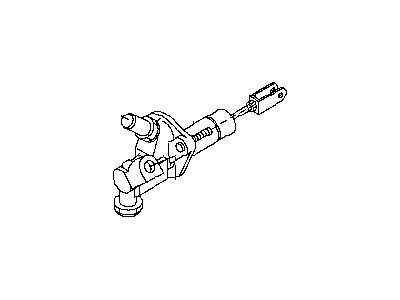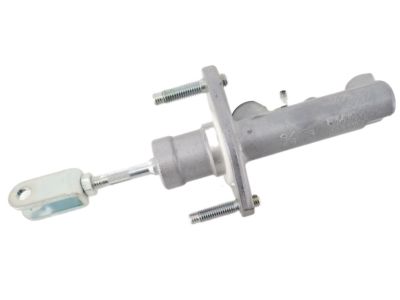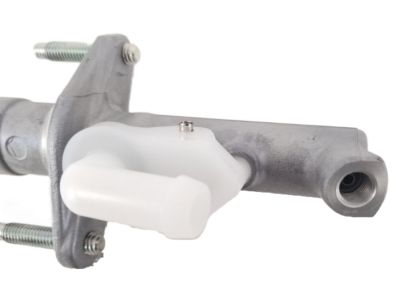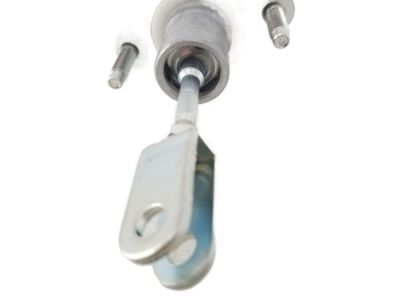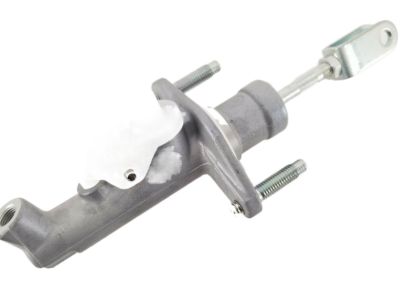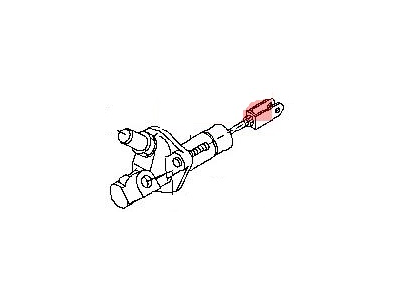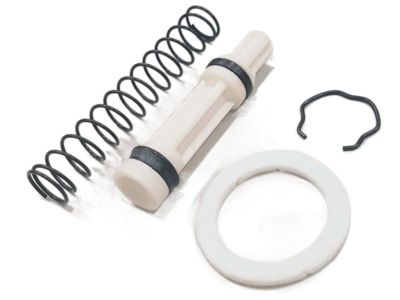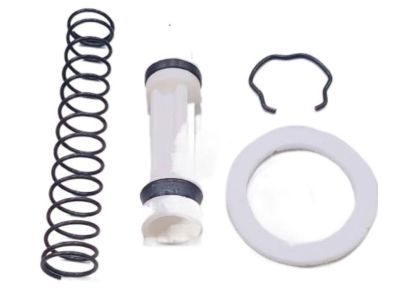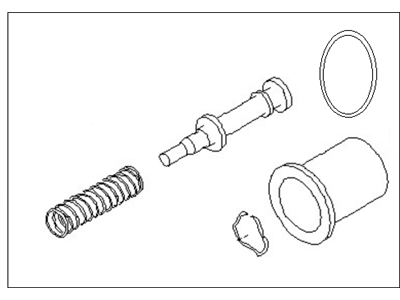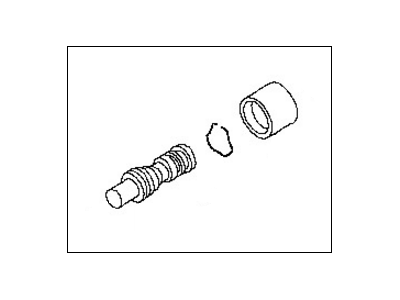
My Garage
My Account
Cart
Genuine Infiniti G35 Clutch Master Cylinder
- Select Vehicle by Model
- Select Vehicle by VIN
Select Vehicle by Model
orMake
Model
Year
Select Vehicle by VIN
For the most accurate results, select vehicle by your VIN (Vehicle Identification Number).
8 Clutch Master Cylinders found

Infiniti G35 Cylinder Assy-Clutch Master
Part Number: 30610-CD015$118.65 MSRP: $185.38You Save: $66.73 (36%)Ships in 1-3 Business Days
Infiniti G35 Cylinder Assy-Clutch Master
Part Number: 30610-JK00A$180.88 MSRP: $246.10You Save: $65.22 (27%)Ships in 1-3 Business Days
Infiniti G35 Cylinder Assy-Clutch Master
Part Number: 30610-CD00B$118.65 MSRP: $185.38You Save: $66.73 (36%)Ships in 1-3 Business DaysInfiniti G35 Cylinder Assy-Clutch Master
Part Number: 30610-CD000$118.65 MSRP: $185.38You Save: $66.73 (36%)Ships in 1-3 Business DaysInfiniti G35 Cylinder Assy-Clutch Master
Part Number: 30610-CD011$118.65 MSRP: $185.38You Save: $66.73 (36%)Ships in 1-3 Business DaysInfiniti G35 Cylinder Assy-Clutch Master
Part Number: 30610-JK000$187.52 MSRP: $292.95You Save: $105.43 (36%)Ships in 1-3 Business Days
Infiniti G35 Clutch Master Cylinder
Wondering where to find exceptional quality and economically-priced OEM Infiniti G35 Clutch Master Cylinder? You are at the proper online store. We offer all genuine Infiniti G35 Clutch Master Cylinder with a manufacturer's warranty at unbeatable prices. Order now and you can get brand-new parts at your door step with our fast shipping times.
Infiniti G35 Clutch Master Cylinder Parts Questions & Experts Answers
- Q: How to replace a clutch master cylinder on Infiniti G35?A:Clamp a pair of locking pliers onto the clutch fluid feed hose, a couple of inches downstream of the clutch fluid reservoir (the clutch master cylinder is supplied with fluid from the clutch fluid reservoir). The pliers should be just tight enough to prevent fluid flow when the hose is disconnected. Disconnect the reservoir hose from the clutch master cylinder. Working under the dashboard, remove the driver's side knee bolster, disconnect the clutch master cylinder pushrod from the pedal by removing the clip from the clutch pedal pin. Separate the hydraulic line from the cylinder. Have rags handy as some fluid will be lost as the line is removed. Cap or plug the end of the line to prevent fluid leakage and the entry of contaminants. Don't allow brake fluid to come into contact with the paint, as it will damage the finish. Working under the dash, remove the master cylinder mounting nuts and detach the master cylinder. Connect the hydraulic line fitting to the clutch master cylinder. Attach the fluid feed hose from the reservoir to the clutch master cylinder and tighten the hose clamp. Remove the locking pliers. Place the master cylinder in position on the clutch pedal bracket and install the mounting nuts finger tight. Install the clutch pedal pin and clip. Tighten the mounting bolts to the torque. Fill the reservoir with brake fluid conforming to DOT 3 specifications and bleed the clutch system.
